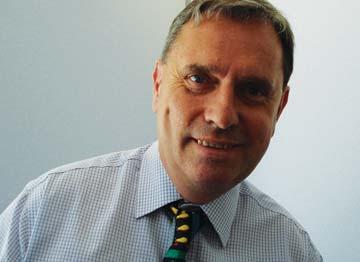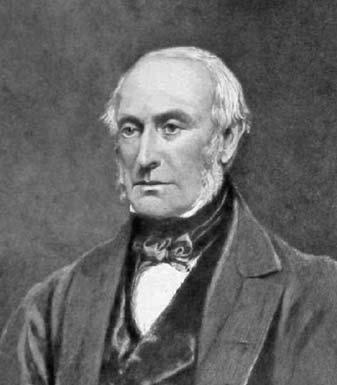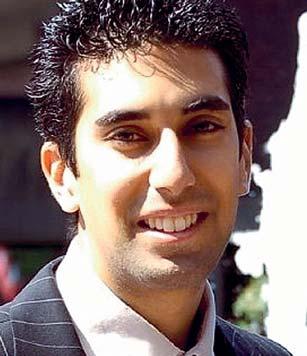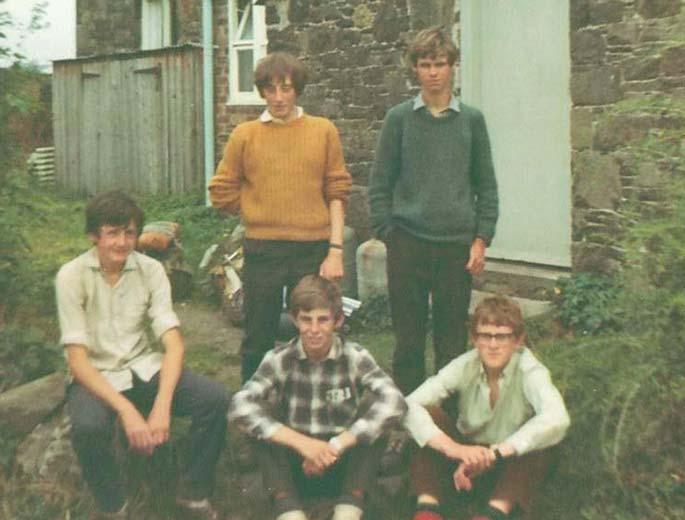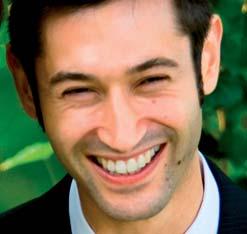A HISTORY OF THE RGS IN TEN PEOPLE
a definitive list of ‘supernovos’, it is purely an effort to highlight those people over the centuries, connected with our school who have most likely influenced it and its students. There will certainly be omissions!
A History of the RGS continues with the search for ten people who shaped or influenced the history of the school. David Goldwater (51-62) ponders on this difficult task.
William George Armstrong (18101900), 1st Baron Armstrong, attended the school prior to his following initially a legal career, then rising to international renown as an inventor and one of the world’s largest manufacturer of armaments and ordinance. Knighted in 1859 and created Lord Armstrong in 1887. Cragside in Rothbury and Jesmond Dene were two of his more benign creations.
In the near five centuries of the Royal Grammar School’s illustrious history, there has been a cast of many thousands, playing its part on the local, national and world stage. It is impossible to consider every candidate for a place in the top ten – indeed there must be a great many pupils lost in the far past, whose names were never properly recorded, or records themselves were lost as the school moved across town. At times, the school itself almost disappeared. How does one guess at even an approximate number of boys and girls who can now be called Old Novos? My own humble attempt would be about 30,000. There is also the panoply of non-pupils represented by the headmasters, teachers, caretakers, clerks and cooks who have helped to weave this institution into a fantastic story. Perhaps we should have looked
12
William Armstrong, Henry Bourne, Mark Akenside, John Brand, as junior school students will know from their studies this year, are all featured along with our four house heroes in the late, lamented school song. It is not surprising that Brodie and Laws, composing the anthem in 1925 would have looked back with pride at Armstrong, Tyneside’s inventor and engineer of world renown, who had recently died at the turn of the century. However, few 21st century ONs will be familiar with the work of the latter three, all writers and historians. But, there are certainly scores of school personages who have made a real difference to our lives in the here and now. I venture to offer some possible candidates:
at RGS in 100 people rather than ten! Wherever do we begin?
The Reverend James Snape, D.D.
By RGS Day (30 June), we plan to mount a display of our story. RGS history students are also researching this subject and we agreed that to make the task slightly easier, we could eliminate four names, notwithstanding their importance to the school tradition. They are Thomas Horsley, born 1462, founder of the school in 1545, Admiral Cuthbert Collingwood, who completed Nelson’s task at Trafalgar, William Scott, 1st Baron Stowell and his brother John Scott, 1st Earl of Eldon. These illustrious alumni have been immortalised as school houses and every student at the RGS is aware of them on a daily basis as a source of pride in their sporting, musical and other competitive fields. Four down – 29,996 (or so) to go! 1 This piece is not meant to represent
(1815-80), second master 1834-47 and headmaster 1847-71. The creation of the railway and especially Newcastle Central Station meant the demolition of the Virgin Mary Hospital and the school moved in 1844 to nearby Forth Place. At the age of 19, James Snape was appointed as second master. On the death of John Wood, with matters at a low ebb and only about a dozen pupils, Snape was promoted to headmaster and told to “make the best job of it”. Within a few years, numbers had risen to 150 and continued to rise. A debating society was formed with plays staged and the first cricket fixture was played in 1861. Snape oversaw the move to Rye Hill, with numbers of 250 and the school continued to develop into the institution familiar to us today.

